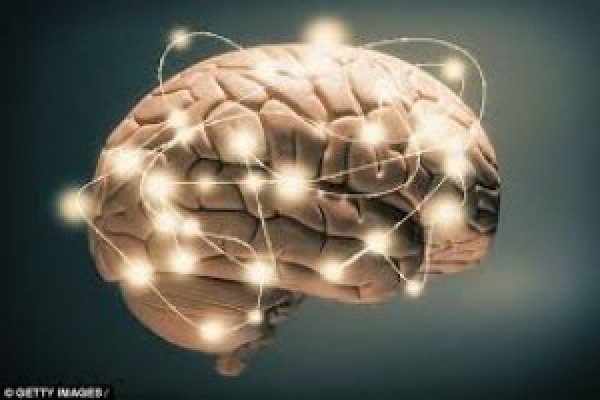New Mechanism to Control Information Flow in the Brain
Sst interneurons play a vital role in controlling information flow in the brain when we are awake and alert, researchers report.
Specialized nerve cells, known as somatostatin-expressing (Sst) interneurons, in the outer part of the mammalian brain (or cerebral cortex) — play a key role in controlling how information flows in the brain when it is awake and alert. This is the finding of a study published online in Science March 2 by a team of neuroscientists at NYU Langone Medical Center and its Neuroscience Institute.
In experiments in mice, the researchers found that the activity of Sst interneurons changes when the animal goes from not moving its whiskers (in a resting state) to moving them (in an active state), a process known as whisking.
Specifically, the team discovered that the cortex contains a diverse set of Sst interneuron subtypes that reach into different layers of the cortex. Some of the subtypes turn on while others turn off during whisking. The Sst interneurons then either selectively block or encourage the flow of information in ways that the researchers believe helps the animals make informed decisions and guide their movements.
Source: NYU Langone Medical Center.
For more information click here.





Related Posts